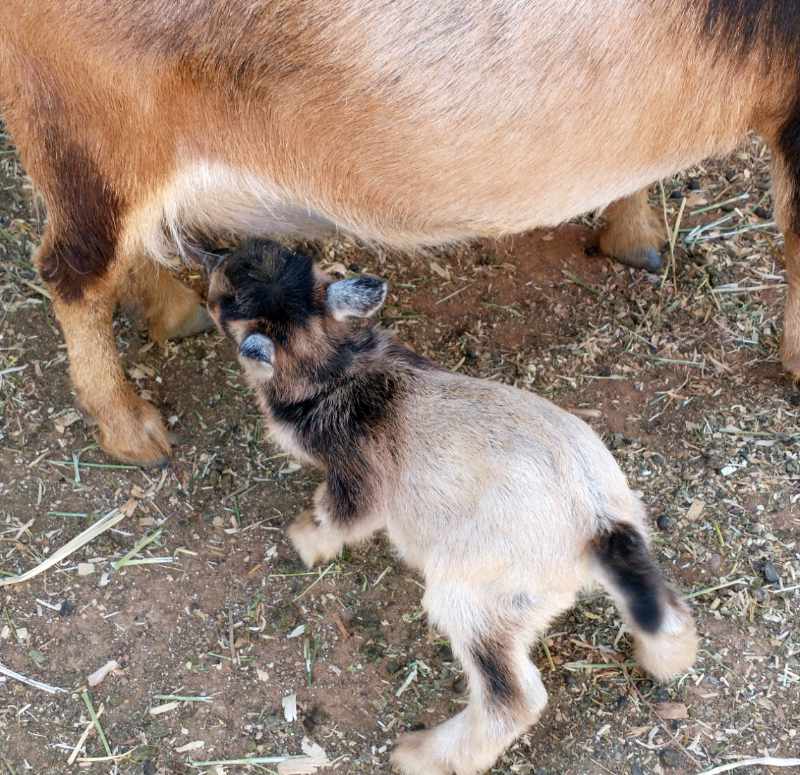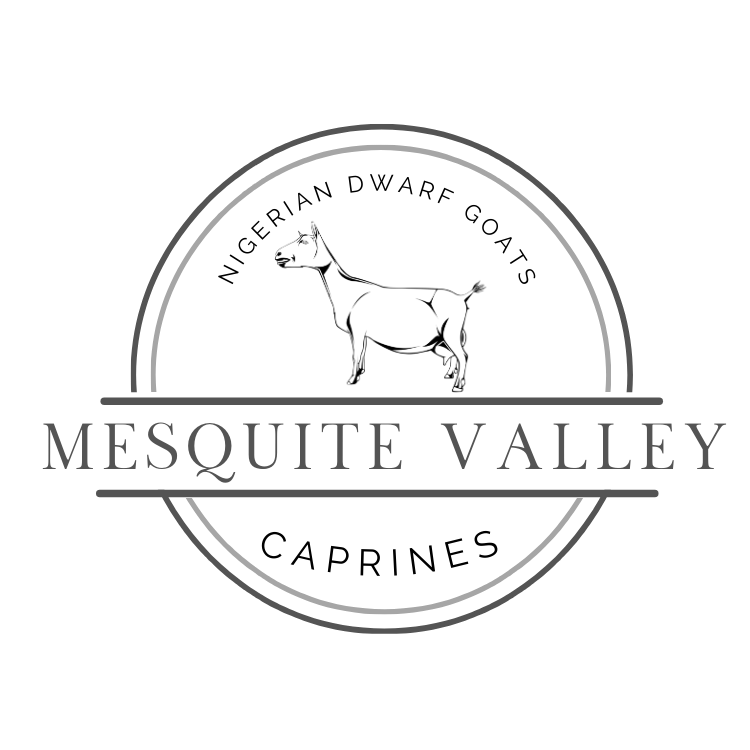How to Get Started Registering Dairy Goats

This post is for anyone who wants to sell registered dairy goats but needs to know how to get set up with a Registry to sell their own registered offspring. Setting up can feel like a labyrinth, but following this simple step-by-step guide will have you well on your way.
REGISTRIES
Working with a Registry can sometimes be daunting, but becoming a member is necessary to register the stock that resulted from your breedings. Picking a Registry may be challenging for the beginner, so let’s start here.
Dairy goat breeders use two registries: The American Goat Society (AGS) and the American Dairy Goat Association (ADGA). Both registries have advantages to membership: both have dairy goat performance programs (DHIR milk test and conformation evaluations), both allow for online registration for babies born on your farm/ranch, both sanction shows in most states, and both do national conventions. You can be as little or as much involved in these activities as you prefer to be. ADGA sanctions more shows overall. If showing or 4-H is something you want to get into, working with your local dairy goat group or 4H leader will be most beneficial in determining which Registry is best for you in your area. If you live in southern Arizona, I have included links below on where you can begin looking to get started with a showing group.
The American Goat Society’s registration and membership fees are significantly less. AGS may be a better registry fit if you are more cost-conscious and showing is outside your plans. In Arizona, ADGA is the predominant Registry for performance herds participating in DHIR and Linear Appraisal, but AGS also has those programs. The most significant difference between ADGA and AGS is that ADGA is a member of the Council for Dairy Cattle Breeders (CDCB), a national dairy analytics for performance dairy animals and also has a breeding genetics site called ADGA Genetics. Both of those features are typically utilized by advanced-level breeders. If you own an animal registered with ADGA, you can still be a member of AGS and register your goat(s) with them. AGS accepts ADGA registrations; their website outlines the requirements for doing so, and some breeders are members of both Registries and dual register all of their registerable animals.
MEMBERSHIP
Once you decide on a registry, you must become a member. Both registries offer individual, youth, and family/joint memberships. Getting this part right from the beginning is essential because once you choose a membership, you can’t change it later. Here are some things to consider when selecting your membership type.
If you plan on showing, you should hold individual memberships because of show rules. For instance, one parent could join as an adult individual member, and the children who plan to show would each have individual youth memberships. This requirement is because some youth shows require the show goat to be registered and owned only by the youth showing it. A member can only achieve that with an individual membership. Every show has different rules, so ensuring you set up your membership to accommodate the variables will be to your advantage.
If you intend to become active in the Registry and run for office, you must hold an individual membership. While family and joint memberships are attractive, they have limitations, so pick according to what you plan to do with your herd and the Registry. If you and your spouse plan to be active in the Registry, both should apply for individual memberships and then each member can link to the herd. You can start with one individual membership and add other members later if you wish.
HERD NAMES AND NAMING YOUR GOATS
In addition to becoming a member, you will need to pick a herd name. The herd name is the portion of the registered name that identifies the goat breeder’s herd. There are some simple tips on selecting a herd name. With both registries, there are only 30 spaces allowed for naming the goat. If your herd name takes up 15 of those spaces (like ours does), you only have 15 spaces left for the actual name of the goat. Keeping your herd name as short as possible is recommended for the most flexibility in naming your animals.
For example, our herd name is Mesquite Valley, which takes up 15 spaces and leaves 15 spaces remaining for the goat’s name. Some breeders follow the herd name with the sire’s initials, e.g., Mesquite Valley PP Jubilee. At a glance, I can tell who sired that goat just by the initials preceding the call name. Adding sire initials is not a mandatory naming requirement, so do what you wish.
TATTOOS
Tattoos are the primary and permanent identification for dairy goats. Permanent identification is mandatory for every goat before being presented for registration, and a tattoo is also a good idea for unregistered goats. The Department of Agriculture will use registry tattoos instead of ear tags to track scrapie disease. I’ve also found that tattoos help identify goats should they return to you for whatever reason.
To have the credentials to tattoo, you must apply with the Registry to be assigned a tattoo sequence. Each Registry will have an application form for you to complete. Herd tattoo IDs are 3-4 letters/numbers (4 being the maximum), and the first two digits of the tattoo must be letters so they can’t be confused with the left ear tattoo that identifies the birth ID. Our herd tattoo is MVC. This tattoo acts like a brand and will link the goat to your herd. The application forms will have you pick several options. If your first pick is in use, they will move to your second, and so on. For more information on tattooing a goat, see below for a link to that post.
GETTING FORMS
Each Registry has the forms you need on their websites:
AMERICAN GOAT SOCIETY
You will find their forms under the Registration tab > Forms & Brochures. Here’s a link to that area: Forms & Brochures. Notice that the first two forms are the Membership Application and the Herd Name & Tattoo Application. You also have the option to join online, but you will need to fill out and mail the herd name and tattoo forms.
AMERICAN DAIRY GOAT ASSOCIATION
On the home page, the link to the Forms page is in the top menu. When you reach the Forms page, scroll down until you see Membership Forms. There, you will find the required forms to get started with ADGA. Like AGS, you can join online but must mail in the herd name and tattoo applications. Note: If you are doing an individual membership but want other family members to be able to transfer goat ownership, make sure you complete the Signature Authorization Form.
READY TO GO
Once you have completed all the above steps with your Registry of choice, you will be ready and eligible to register baby goats (ehm…kids) in your herd’s name. Remember that the Registry can take some time to process all of this paperwork. Each Registry should mail confirmation that your membership, herd name, and tattoo are accepted and active. Give this process 2-3 months to complete, depending on the time of year you submit these forms will determine the speed at which this happens. Getting this done several months ahead is best practice.
